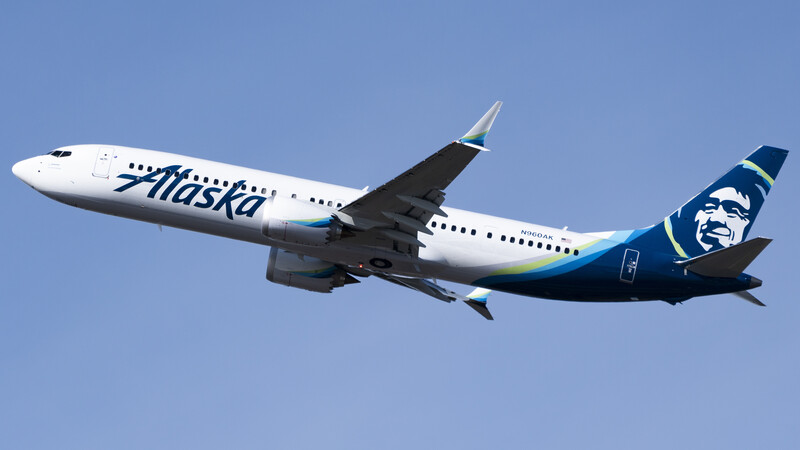Boeing shares plummeted ~8% yesterday, which was to be expected after one of its planes blew a freakin’ hole in mid-air. Sorry, we still can’t believe that actually happened.
Driving the news: The 737 Max is again the most talked-about plane in aviation for all the wrong reasons. Airlines began inspecting Boeing 737 MAX 9s after an Alaska Airlines flight using the craft had a door blow off shortly after take-off and had to land with a gaping hole.
- Max 9s have been grounded until they can be inspected — most are flown by Alaska and United Airlines — while Canadian airlines don’t have Max 9s in their fleets.
- These inspections had to wait until investigators retrieved the errant door plug, which they got a hold of yesterday after a Portland teacher discovered it in his backyard.
Why it matters: Aviation has had a turbulent start to the year after the 737 Max groundings and the fiery runway collision at Tokyo's Haneda Airport. These incidents are evidence that the industry might still be under immense strain from the post-pandemic air travel boom.
Catch-up: The industry cut millions of jobs when COVID-19 hit. It has since struggled mightily to rehire at pretty much every position — from pilots and air traffic controllers to airplane builders and airline mechanics — leading to safety concerns and production snafus.
- An understaffed or less experienced workforce makes more mistakes — mistakes that can manifest in the form of runway crashes or faulty doors.
Zoom out: Last year, there were 1,033 crashes involving commercial or private planes with over 18 seats, per Jet Airliner Crash Data Evaluation Centre, significantly higher than the 10-year average of 869. The FAA also reported an uptick in near misses on U.S. runways.
Yes, but: Commercial air travel remains one of the safest modes of transport. Hopefully, when manufacturers and airlines can get staffing levels back up, it will be even safer.—QH
